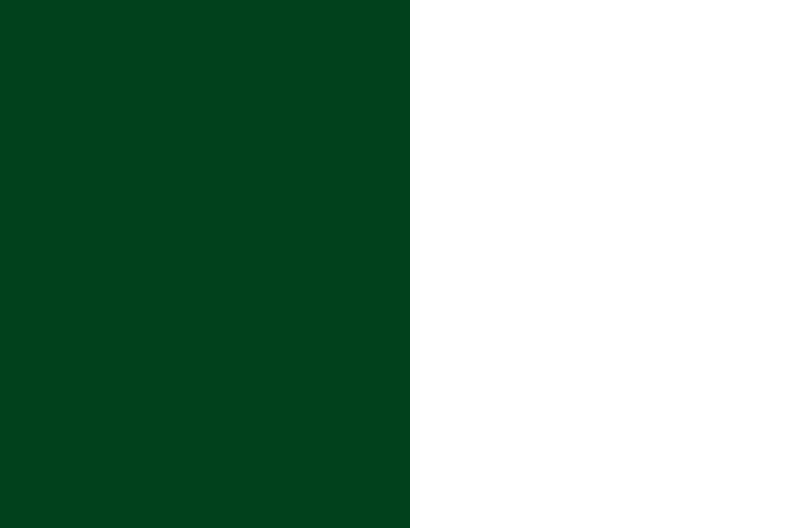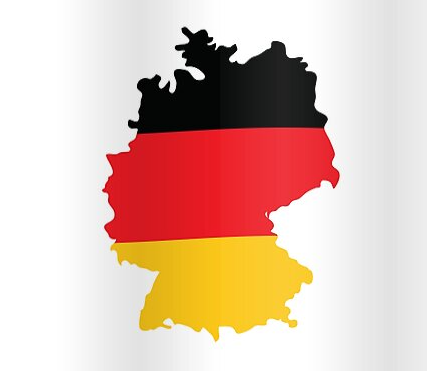Canada, known for its picturesque landscapes, diverse culture, and rich history, is also recognized for Canada National Color: red and white. These colors hold immense significance in Canadian culture and are deeply embedded in the country’s identity. In this article, we will explore the origins of Canada’s national colors, their symbolism, historical significance, representation in Canadian landmarks, festivals, and events, and their impact on Canadian identity.
Colors play a powerful role in representing a nation’s identity and values. They often symbolize historical events, cultural heritage, and aspirations of a country. In the case of Canada, the national colors, red and white, have become iconic symbols that evoke a sense of pride and unity among Canadians.
The Origin of Canada National Color
The choice of red and white as Canada’s national colors has its roots in history. These colors were inherited from Canada’s colonial past, influenced by both French and British traditions. The combination of red and white can be traced back to the heraldry of France and the United Kingdom.
Symbolism of Canada National Color
Canadian Flag: The Maple Leaf
The most recognizable symbol of Canada is its national flag, featuring a red maple leaf on a white background. The red color represents valor and sacrifice, while the white symbolizes purity and peace. The maple leaf itself is an emblematic representation of Canada’s natural beauty and resilience.
National Sports Teams
Canada’s national sports teams, such as hockey and soccer, proudly wear red and white uniforms. These colors not only represent the national identity but also instill a sense of pride and unity among Canadian athletes and fans.
Canada Day Celebrations
Every year on July 1st, Canadians come together to celebrate Canada Day. The streets are adorned with red and white decorations, symbolizing the nation’s unity and shared values. Parades, fireworks, and festivities further reinforce the significance of these colors in Canadian culture.
Historical Significance of Canada National Color
The French Influence
During the early colonization of Canada by the French, the colors red and white were associated with the French monarchy. These colors were adopted by French Canadians and continued to hold significance even after the British takeover.
The British Influence
Following the British conquest of Canada, red and white became associated with the British flag, known as the Union Jack. These colors represented the British monarchy and its influence over the Canadian colonies.
Red and White in Canadian Landmarks and Icons
The Peace Tower
Located on Parliament Hill in Ottawa, the Peace Tower stands as a symbol of Canadian democracy and peace. Its striking red and white exterior reflects the national colors and serves as a reminder of Canada’s commitment to these values.
The Parliament Buildings
The Parliament Buildings in Ottawa, with their iconic Neo-Gothic architecture, prominently display red and white accents. These colors not only highlight the importance of the parliamentary system but also represent the unity of Canadian citizens.
The Royal Canadian Mounted Police
The Royal Canadian Mounted Police, known as the Mounties, don their distinctive red serge uniforms. The red color pays homage to the historical significance of red in Canadian culture, while the white stetson hats add a unique touch to their iconic image.
Canada National Color in Canadian Festivals and Events
Winter Carnival in Quebec City
The Winter Carnival in Quebec City is a vibrant celebration of Canadian culture and heritage. Red and white decorations, including ice sculptures and flags, adorn the city during this event, creating a festive atmosphere that showcases the nation’s colors.
Canada Day Parade
Canada Day Parades across the country showcase the spirit of Canada. Floats, costumes, and marching bands proudly display red and white, symbolizing unity and patriotism.
Calgary Stampede
The Calgary Stampede, often referred to as “The Greatest Outdoor Show on Earth,” is an annual rodeo and exhibition held in Calgary, Alberta. Red and white are prevalent in the festival’s decorations, reflecting the colors of the Canadian flag and emphasizing the event’s national significance.
The Impact of Red and White on Canadian Identity
The colors red and white have become synonymous with Canadian identity. They represent unity, peace, resilience, and a celebration of diversity. These colors foster a strong sense of belonging and pride among Canadians, both within the country and abroad.
Conclusion
Red and white, the national colors of Canada, hold deep significance in Canadian culture and history. They represent the values of the nation, symbolize unity, and evoke a sense of pride among Canadians. From the national flag to landmarks, festivals, and sports events, red and white are woven into the fabric of Canadian identity, making them an integral part of the country’s cultural heritage.
FAQs
FAQ 1: Are there any other colors associated with Canada?
Apart from red and white, the color blue is also associated with Canada. It is often seen in combination with red and white, representing the country’s national identity and cultural diversity.
FAQ 2: What is the significance of the maple leaf in Canada?
The maple leaf is a symbol of Canada’s natural beauty, resilience, and unity. It holds cultural and historical significance and is prominently featured on the Canadian flag and various national emblems.
FAQ 3: Why were red and white chosen as Canada’s national colors?
Red and white were chosen as Canada’s national colors due to their historical significance, inherited from both French and British colonial influences. These colors represent valor, sacrifice, purity, and peace.
FAQ 4: How do Canadians celebrate Canada Day?
Canadians celebrate Canada Day with various festivities, including parades, fireworks, concerts, and family gatherings. Red and white decorations are commonly used to symbolize national pride and unity.
FAQ 5: Are there any variations of the Canadian flag?
The Canadian flag consists of a red maple leaf on a white square, with red bars on the sides. While the design remains consistent, there are variations in size and proportions depending on the specific flag’s display requirements.
References:
- Government of Canada. (n.d.). Symbols of Canada. Retrieved from https://www.canada.ca/en/canadian-heritage/services/symbols-canada.html
- Canadian Heritage. (n.d.). Canada Day. Retrieved from https://www.canada.ca/en/canadian-heritage/campaigns/canada-day.html
- The Canadian Encyclopedia. (n.d.). Canada Day. Retrieved from https://www.thecanadianencyclopedia.ca/en/article/canada-day

